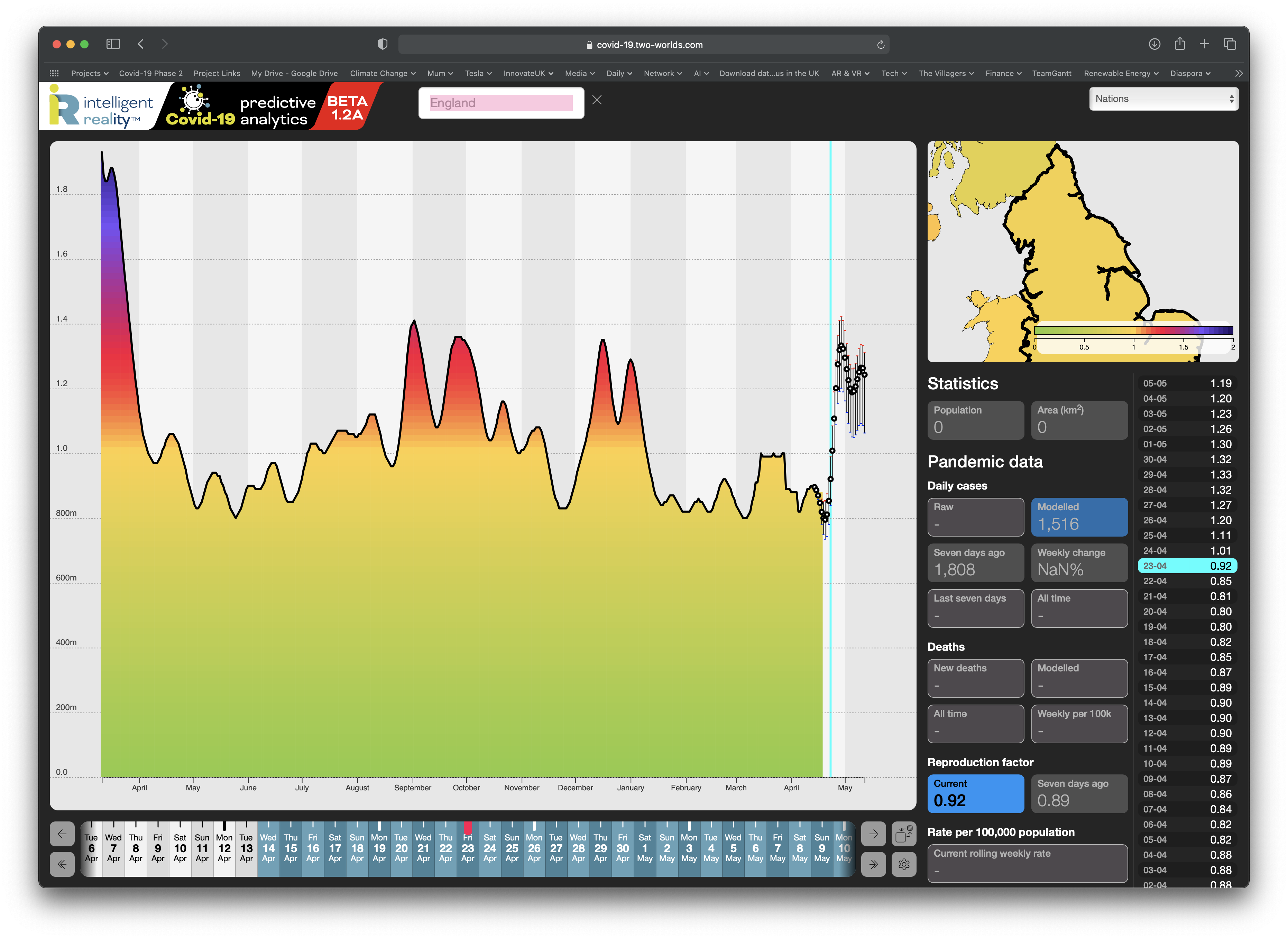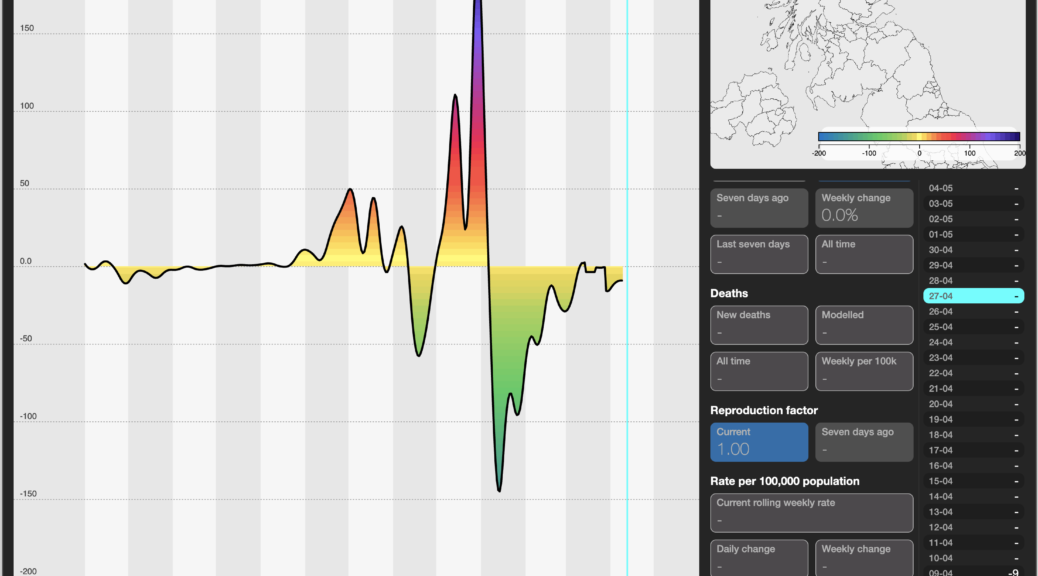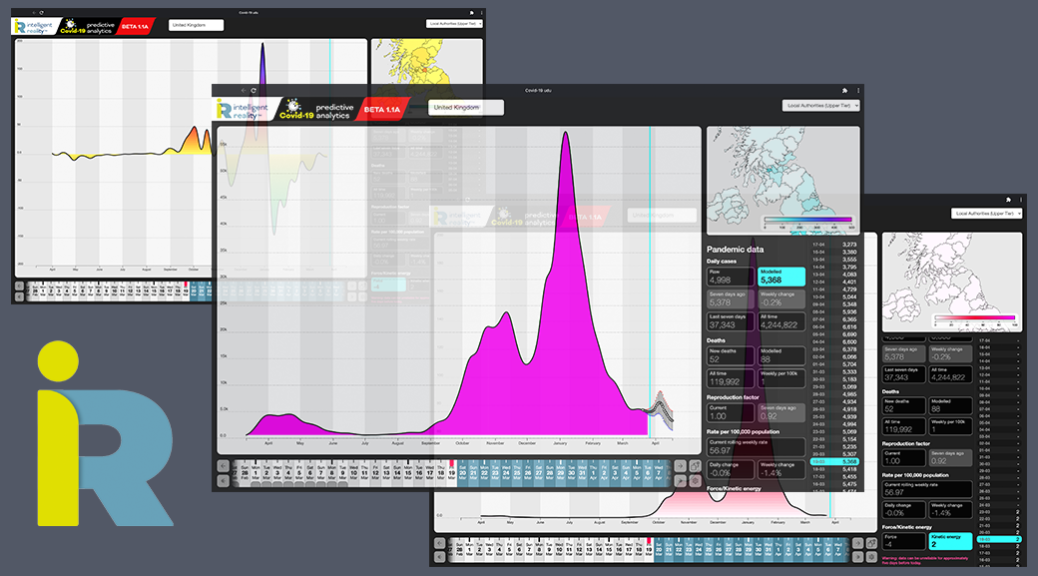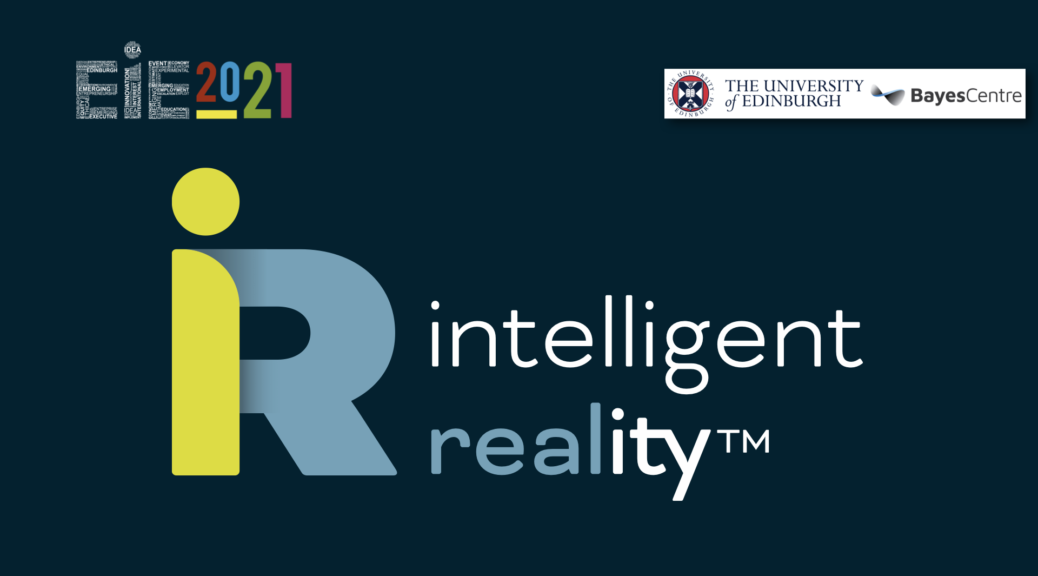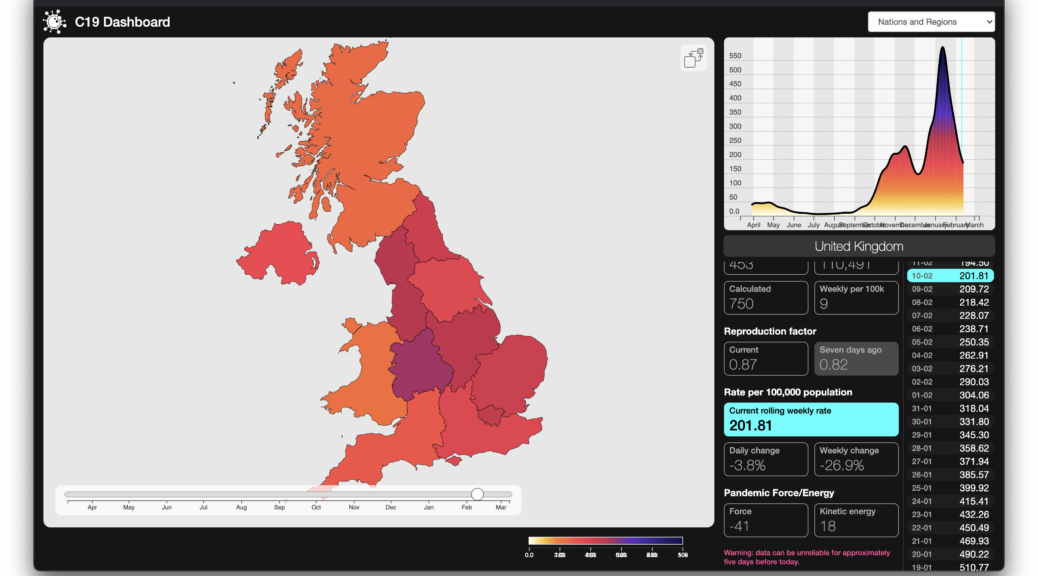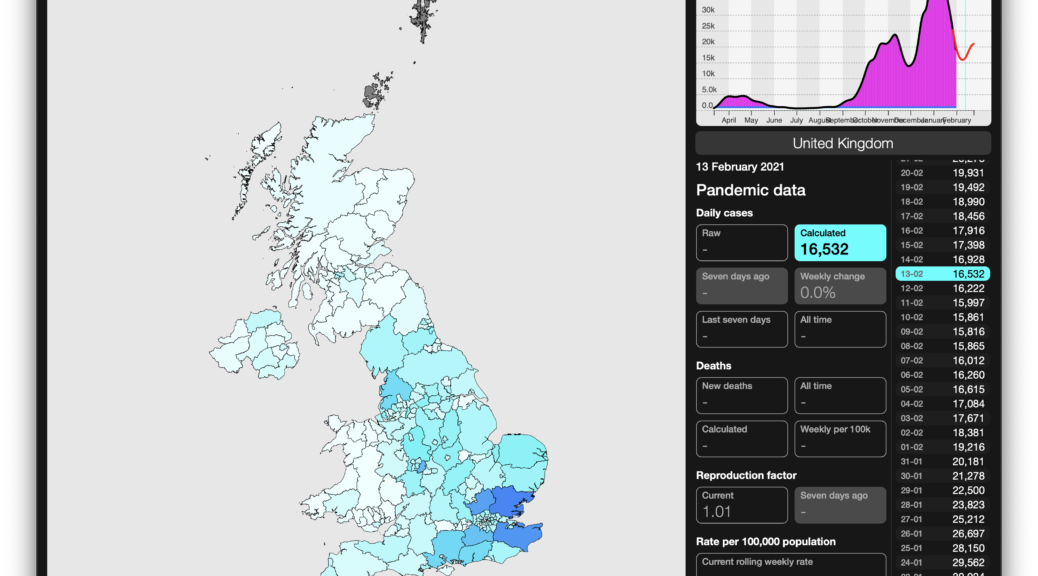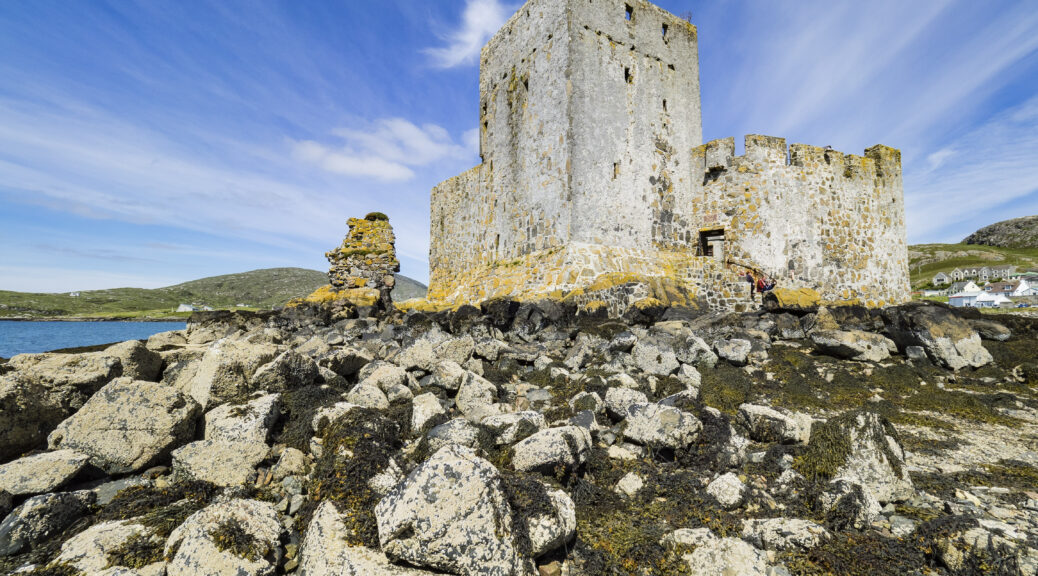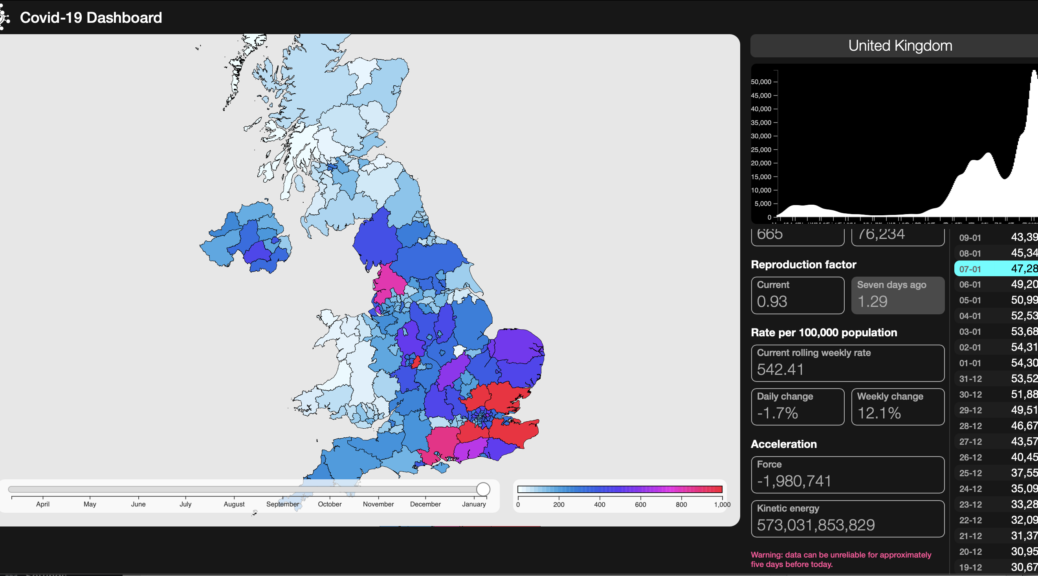The UK government stated yesterday (13 May) that rising case numbers in the Bolton area were a cause for concern, and that very many of these cases were of the so-called ‘Indian’ variant (B.1.617.2 being the designated variant of concern, with B.1.617.1 and B.1.617.3 under investigation). Here, raw data for case numbers has been available for weeks, with organisations such as the Sanger Institute also providing a very informative breakdown by sequenced variants.
Our analytics platform had identified Bolton and other areas as potential concerns more than two weeks ago and had flagged a correlation between these hot spots and the ethnic balance of the local population, such that, even in the absence of cross-border travel data, of the emerging variants or the situation in India, we were able to provide early warning of emerging problems.
Which very much begs the question as to why the UK government only raised this yesterday, and why travel restrictions from India were only imposed long after the pandemic reached critical mass there. Continue reading Early Warning Onwards

